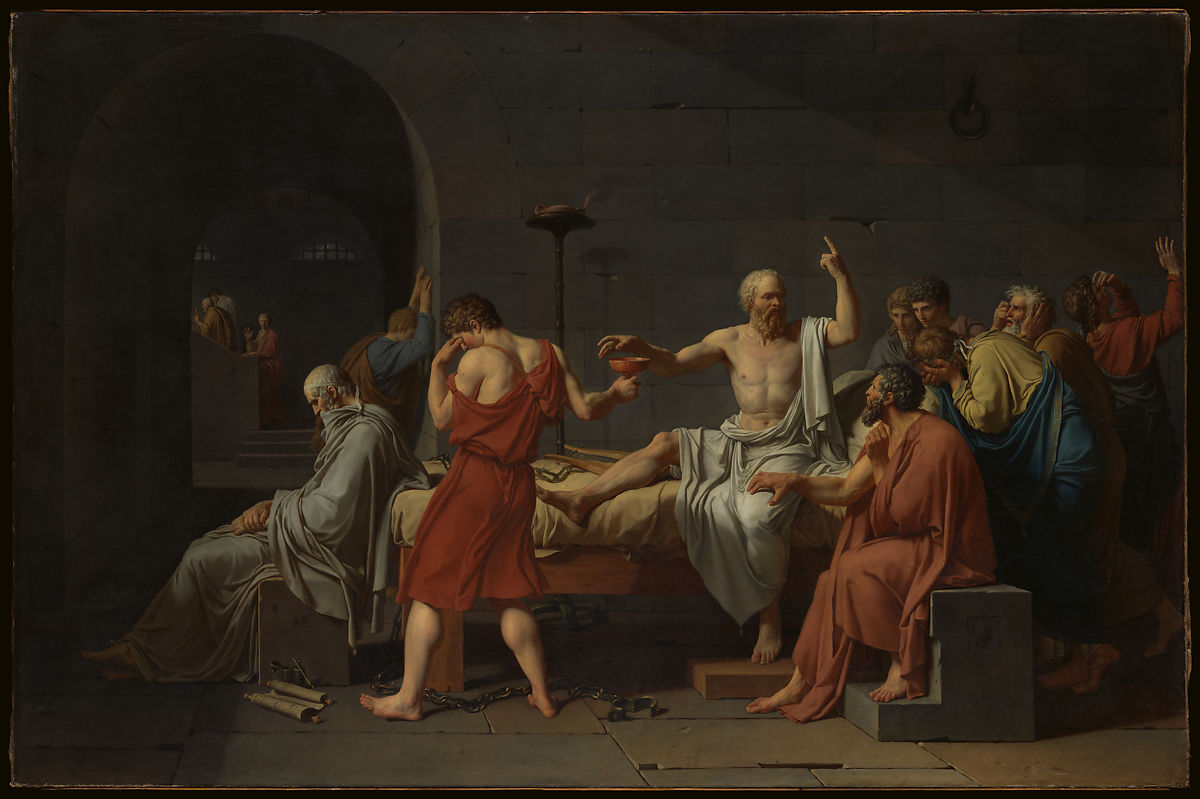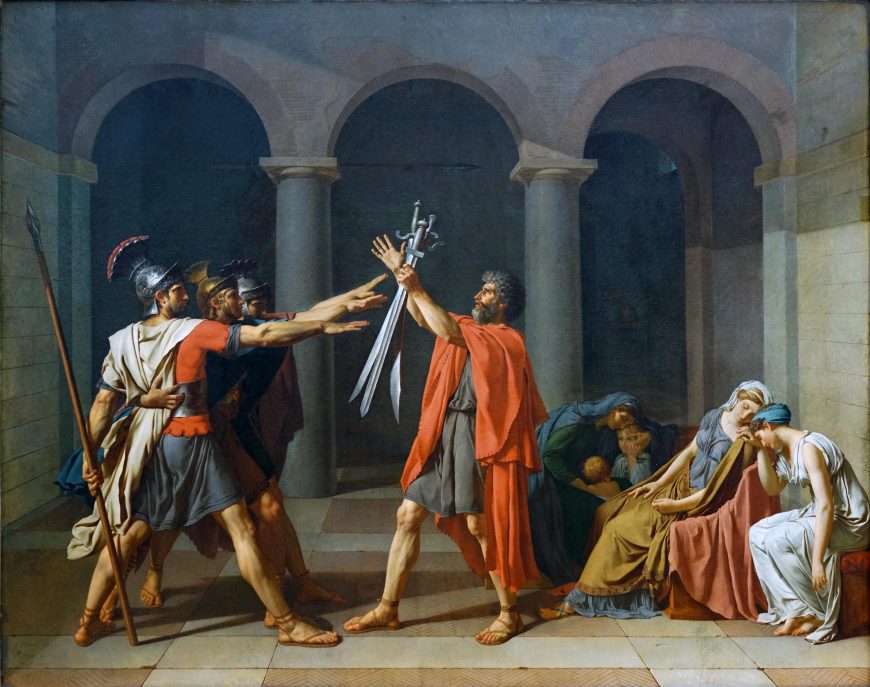Neoclassical is a style of painting that began in the 18th century and developed during the 19th century. Neo-classical is an important style of art in France and Northern Europe. The Neoclassical style originated from the artists’ dissatisfaction with existing artistic traditions in Europe. They felt the need to re-examine the art of the past and the creative standards accepted at that time (Gowing, 1983).
Neoclassical art emerges by some reasons. First, several artists reacted to unimportant subjects of paintings as seen in their predecessor, Rococo. These artists feel compelled to take up serious subjects in their art. Second, several other artists try to explore past heroic literature works. These artists used ancient Roman and Greek literature as models in their paintings. They sometimes also read about the lost works by ancient painters or sculptors written by certain authors (Gowing, 1983).
The thing that distinguishes Neoclassical from classical is the interest to historical rigor. Classical is based on a traditional style which is an extension of the concept of beauty and appropriateness established by High Renaissance artists such as Raphael (1483-1520) and Michelangelo (1475-1564). Neoclassical did not reject this accepted standard of ideals but the neoclassicist movement paid attention to producing meticulous reconstructions of ancient works of art. This does not mean that the Neoclassical artist was a plagiarist, but he was bound by strict rules. When an artist painted a Roman soldier, he had to make his armor and weapons historically correct, or when he painted a scene from Homer’s Iliad he had to remain precise in accordance with the text (Gowing, 1983)

https://www.metmuseum.org/art/collection/search/436105
Jacques Louis David (1748-1825) was one of the greatest artists of Neo-classical who produced notable works primarily based on the subject of imitation of ancient prototypes with an emphasis on detail and bold action (Gowing, 1983). The Neoclassical paintings of David often depict similar subjects as a person bravely facing his inevitable destiny. David’s painting entitled The Death of Socrates depicts the hero taking a cup of poison while still talking casually with grieving pupils and friends.
David’s style is essentially a personal interpretation of Neoclassical artistic conventions. The composition of David’s painting is simple, in which all action is concentrated on the figures being painted and cold colors are used with consistent tones (Gowing, 1983). David also discovered a new style of painting which was important not only for painting itself but for expressing moral content and philosophical revolution in art. This reason also underlies David’s choosing of the painting subjects. (Canaday, 1981).

Oath of The Horatii depicts scenes from Roman history in which conflicts of patriotic duty and family affiliations occured. Rome was at war with Alba, a neighboring country. The conflict between the two countries can be resolved by three heroes who are ready to fight to the death in battle. Rome chose the three Horatius brothers as legates. The representatives of the warriors promised with swords in front of their father to defend their country no matter what. The promise was not easy because the Horatius family (Horatii) was linked by marriage to their rivals, the Alban family (Alban Curatii). The Horatii story was written by the French playwright Corneille (1606-1684) (Gowing, 1983).
The compositition of Oath of The Horatii is theatrical, bold, and rigid. The grouping of figures is simple in the straight lines. The Dorian building architecture supports the heat intense atmosphere in the painting (Soedarso, 2000).
Here some Neoclassical’s general characteristics are: subjects taken from the classical period, rational, objective, and full of discipline and order.


